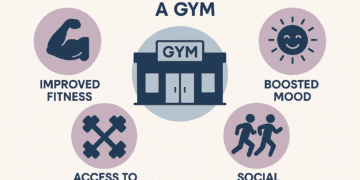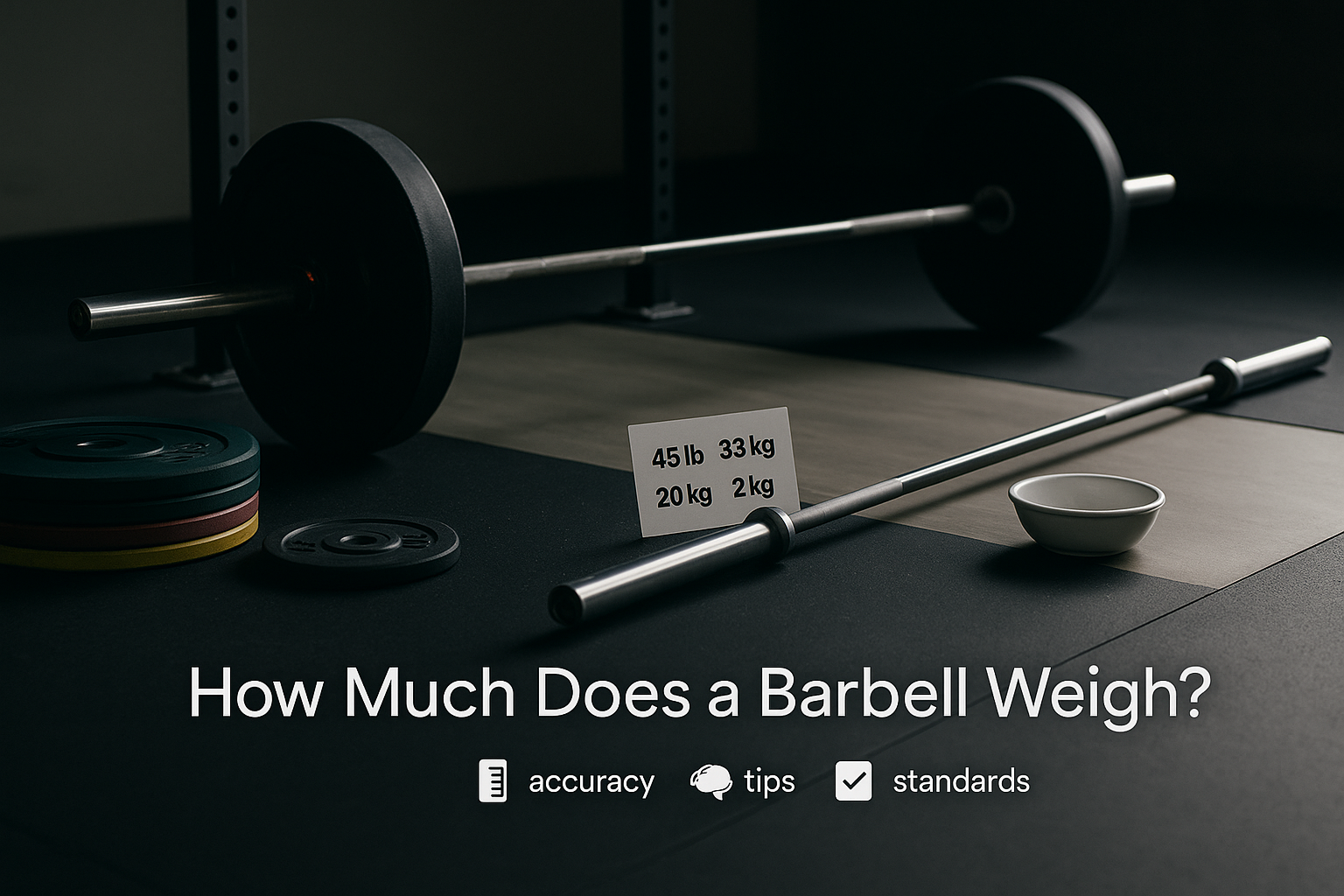How Many People Can Solve a Rubik’s Cube?
Introduction to the Rubik’s Cube Phenomenon
Have you ever picked up a Rubik’s Cube and wondered if you could actually solve it? You’re not alone. Since its invention in 1974 by Hungarian architect Ernő Rubik, this colorful 3x3x3 puzzle has captivated millions worldwide. What started as a simple teaching tool has evolved into a global phenomenon that continues to challenge and fascinate people of all ages.
The Rubik’s Cube became a worldwide craze in the 1980s, selling over 350 million units to date. But here’s the burning question: just how many people can actually solve this iconic puzzle? The answer might surprise you—and it reveals a lot about human persistence, learning, and the power of community.
The Numbers Behind Rubik’s Cube Solvers
Global Statistics on Cube Solving
Let’s get straight to the numbers. While exact figures are hard to pin down, estimates suggest that approximately 5.8% of the global population can solve a Rubik’s Cube. That translates to roughly 400-500 million people worldwide who possess this skill. Think about that for a moment—out of nearly 8 billion people on Earth, only a small fraction have mastered this colorful challenge.
However, these numbers have been steadily climbing, especially in recent years. The rise of online tutorials, speedcubing communities, and educational programs has made learning more accessible than ever before. What once seemed like an impossible feat reserved for mathematical geniuses is now within reach of anyone with patience and dedication.
Regional Differences in Solving Abilities
Interestingly, Rubik’s Cube solving abilities vary significantly across different regions. Asian countries, particularly China, Japan, and South Korea, have notably higher percentages of solvers. This trend correlates with strong educational emphasis on spatial reasoning and problem-solving skills in these regions.
Western countries like the United States, United Kingdom, and Germany also boast large cubing communities, though the overall percentage of solvers tends to be slightly lower. The speedcubing scene, however, thrives in these countries, with numerous competitions and dedicated clubs fostering growth.
What Makes the Rubik’s Cube So Challenging?
The Mathematics Behind the Puzzle
Here’s where things get mind-boggling. A standard 3x3x3 Rubik’s Cube has 43,252,003,274,489,856,000 possible configurations. That’s over 43 quintillion combinations! To put this in perspective, if you tried one configuration every second, it would take you 1.4 trillion years to go through them all.
Despite these astronomical numbers, every scrambled cube can be solved in 20 moves or fewer—a fact proven by computer scientists and mathematicians. This concept, known as “God’s Number,” demonstrates that the puzzle, while complex, follows logical patterns that the human mind can master.
Cognitive Skills Required to Solve It
Solving a Rubik’s Cube isn’t just about twisting and turning randomly. It requires a unique combination of cognitive skills including spatial awareness, pattern recognition, memory, and algorithmic thinking. Your brain needs to visualize three-dimensional movements while remembering sequences of moves—it’s like learning a physical language.
The good news? These are all skills that can be developed with practice. You don’t need to be born with them. Like learning to ride a bike or play an instrument, your brain creates new neural pathways as you practice, making the process easier over time.
How Do People Learn to Solve the Rubik’s Cube?
Self-Teaching Methods
Back in the 1980s, solving the Rubik’s Cube meant either figuring it out yourself through trial and error or finding someone who already knew how. Some dedicated individuals spent months or even years developing their own solving methods. While admirable, this approach was incredibly time-consuming and led to many abandoned cubes gathering dust.
Today’s self-teachers have it much easier, though the satisfaction of solving it remains just as sweet. Books, instruction manuals, and notation systems have standardized the learning process, making it more efficient while still allowing for personal discovery.
Online Tutorials and Communities
The internet revolutionized how people learn to solve the Rubik’s Cube. Online communities have created a supportive ecosystem where beginners can access step-by-step guidance and veterans share advanced techniques.
YouTube and Video Learning
YouTube has become the go-to platform for aspiring cubers. Channels like J Perm, CubeHead, and JPerm tutorials have millions of views, offering everything from beginner methods to advanced speedcubing techniques. The visual nature of video makes it perfect for learning a spatial puzzle—you can pause, rewind, and watch the same move repeatedly until it clicks.
Mobile Apps for Cube Solving
Smartphone apps have made learning even more accessible. Applications like “Cube Solver,” “ASolver,” and “Rubik’s Cube” offer interactive tutorials, timer functions, and even augmented reality features that overlay solving steps onto your actual cube through your camera. It’s like having a personal coach in your pocket!
The Speedcubing Community
Competitive Cubing Statistics
Speedcubing has transformed the Rubik’s Cube from a casual puzzle into a competitive sport. The World Cube Association (WCA) officially recognizes competitions worldwide, with over 200,000 registered competitors as of recent counts. These individuals can solve a standard 3x3x3 cube in under 30 seconds, with elite competitors averaging under 10 seconds.
The competitive scene continues to grow exponentially. In 2010, there were around 10,000 registered WCA competitors. By 2020, that number had grown to over 150,000, demonstrating the sport’s increasing popularity and accessibility.
World Records and Championships
The current world record for solving a 3x3x3 Rubik’s Cube stands at an astonishing 3.13 seconds, set by Max Park from the United States. Yes, you read that right—just over three seconds! To put this in perspective, it takes longer to blink three times than it does for these competitors to solve the entire puzzle.
World Championships attract thousands of participants from over 70 countries, showcasing not just 3x3x3 solving but also variations like 2x2x2, 4x4x4, one-handed solving, blindfolded solving, and even solving with your feet (though this category was discontinued in 2020).
Age Demographics of Rubik’s Cube Solvers
Children and Young Adults
The Rubik’s Cube has found a particularly enthusiastic audience among younger generations. Children aged 8-18 represent the largest demographic of new learners, with many schools incorporating cube solving into their STEM programs. The puzzle appeals to digital natives who appreciate the hands-on, screen-free challenge it provides.
Young adults, particularly those in their late teens and twenties, dominate the competitive speedcubing scene. Their combination of quick reflexes, learning agility, and time availability makes them ideally suited for the sport’s demands.
Adult Solvers
Don’t count out the adults, though! Many people in their 30s, 40s, and beyond have taken up cubing as a hobby or mental exercise. Some are returning to a puzzle they attempted in their youth, while others are discovering it for the first time. Adult solvers often appreciate the meditative aspects of cubing and the cognitive benefits it provides.
Gender Distribution in Cubing
Historically, the cubing community has been predominantly male, with estimates suggesting around 85-90% male participation in competitive events. However, this gap is gradually narrowing as more women and girls enter the hobby. Organizations and communities are actively working to create more inclusive environments and encourage female participation.
Female cubers have achieved remarkable success at the highest levels of competition, proving that solving ability has nothing to do with gender. The changing demographics reflect broader efforts to make STEM activities more accessible and welcoming to everyone.
The Impact of the Internet on Solving Rates
The internet has been the single biggest factor in increasing the number of Rubik’s Cube solvers worldwide. Before online tutorials, solving rates were estimated at only 1-2% of the population. The accessibility of free, high-quality instructional content has nearly tripled this percentage.
Social media platforms like Instagram, TikTok, and Reddit have created viral moments around cubing, introducing the puzzle to new audiences. A single video of someone solving a cube in an impressive way can inspire thousands to try it themselves. This viral nature has kept the 50-year-old puzzle remarkably relevant in the digital age.
Common Misconceptions About Solving the Cube
“You Need to Be a Genius”
Let’s bust this myth right now: you absolutely do not need to be a genius to solve a Rubik’s Cube. While the puzzle appears complex, the beginner’s method can be learned by anyone with average intelligence and willingness to practice. It’s more about patience and memorization than raw intellectual horsepower.
Think of it like learning to drive a car. At first, coordinating all the movements seems overwhelming, but with practice, it becomes second nature. The same principle applies to cubing—your hands and brain learn the patterns through repetition.
“It Takes Years to Learn”
Another persistent myth is that learning to solve a Rubik’s Cube requires years of dedication. In reality, most people can learn the beginner’s method in just a few hours to a few days. Yes, you read that correctly—hours, not years!
With focused practice following a good tutorial, many people achieve their first solve within a single afternoon. Becoming fast takes longer, of course, but simply solving the puzzle is surprisingly achievable in a short timeframe. The key is having structured guidance rather than random experimentation.
Benefits of Learning to Solve a Rubik’s Cube
Cognitive Benefits
Learning to solve a Rubik’s Cube offers numerous mental benefits. It enhances spatial awareness, improves short-term memory, develops problem-solving skills, and increases focus and concentration. These cognitive advantages extend beyond the puzzle itself, potentially improving performance in academic and professional settings.
Research has shown that activities requiring pattern recognition and sequential thinking, like cube solving, can help maintain cognitive function as we age. It’s essentially a workout for your brain, keeping your mental muscles sharp and engaged.
Social and Competitive Advantages
Beyond the cognitive perks, cubing opens doors to a vibrant global community. Cube enthusiasts connect at competitions, online forums, and local meetups, forming friendships based on shared interests. For younger people, it can be a unique skill that builds confidence and provides conversation starters.
The competitive aspect also teaches valuable life lessons about perseverance, handling pressure, and continuous improvement. Whether you’re aiming for world records or just personal bests, the goal-setting aspect of speedcubing translates to other areas of life.
Future Trends in Rubik’s Cube Solving
What does the future hold for Rubik’s Cube solving? Several trends suggest the community will continue growing. Virtual reality training applications are being developed to help visualize solving techniques in new ways. Artificial intelligence is being used to discover more efficient solving algorithms, pushing the boundaries of what’s possible.
Educational institutions are increasingly recognizing the value of puzzles like the Rubik’s Cube in developing critical thinking skills. We may see more formal integration into curricula worldwide, potentially doubling or tripling the number of solvers in the coming decades.
The puzzle itself continues evolving, with new variations and smart cubes that connect to apps providing real-time feedback on your solving technique. These innovations make learning more engaging and accessible than ever before.
Conclusion
So, how many people can solve a Rubik’s Cube? While approximately 5.8% of the global population—or around 400-500 million people—currently possess this skill, that number is steadily climbing. Thanks to online resources, supportive communities, and the puzzle’s enduring appeal, more people than ever are learning to conquer this colorful challenge.
The Rubik’s Cube represents more than just a puzzle; it’s a testament to human curiosity, persistence, and the joy of mastering something that initially seems impossible. Whether you’re considering learning to solve it yourself or you’re simply curious about the phenomenon, remember this: every expert cuber started exactly where you are now—holding a scrambled cube and wondering if they could actually do it.
The answer is yes, you can. And you’ll join millions of others who discovered that the satisfaction of seeing all six sides completed is absolutely worth the effort.
FAQs
1. How long does it take the average person to learn to solve a Rubik’s Cube?
Most people can learn the basic beginner’s method in 1-5 hours of focused practice spread over a few days. Becoming proficient enough to solve it consistently takes about 1-2 weeks of regular practice. Speedcubing (solving in under 30 seconds) requires months or years of dedicated practice.
2. What percentage of the world can solve a Rubik’s Cube blindfolded?
Only a tiny fraction—less than 0.01% of the global population—can solve a Rubik’s Cube blindfolded. This requires memorizing the cube’s initial state, visualizing the solving process mentally, and executing the solution without looking. It’s an extremely advanced skill even among experienced cubers.
3. Is the Rubik’s Cube harder to solve now than in the 1980s?
No, the puzzle itself hasn’t changed in difficulty. However, it’s actually much easier to learn today thanks to abundant online tutorials, better teaching methods, and improved cube hardware. Modern speed cubes turn more smoothly and are more forgiving of imprecise movements than vintage cubes.
4. Can children solve Rubik’s Cubes faster than adults?
Children and young adults often have advantages in speedcubing due to faster reaction times and greater neuroplasticity, which helps them learn algorithms more quickly. However, adults can absolutely become fast solvers with practice. The current world records are held by people in their teens and early twenties, but skilled solvers span all age groups.
5. What’s the easiest method to solve a Rubik’s Cube for beginners?
The layer-by-layer method, often called the beginner’s method, is the easiest approach for newcomers. This method solves the cube in stages: first the white cross and corners, then the middle layer, and finally the yellow face and corners. It requires learning about 6-7 simple algorithms and can be mastered in a few hours.
Please don’t forget to leave a review.









